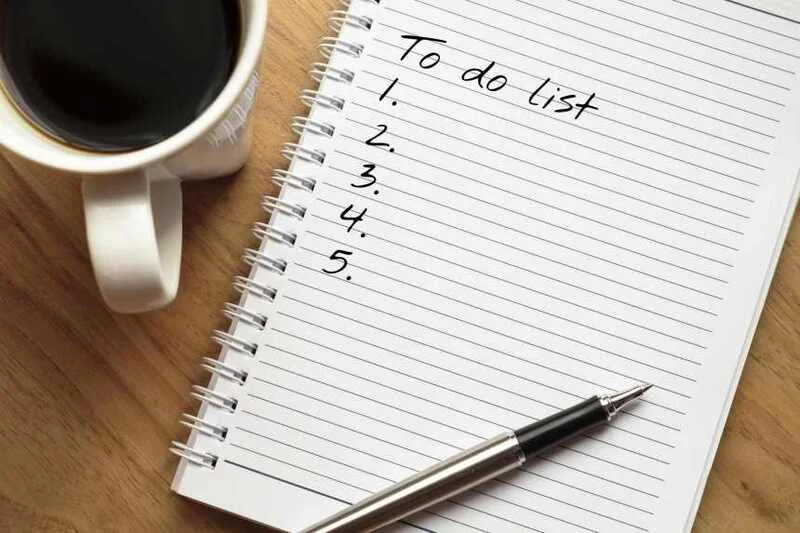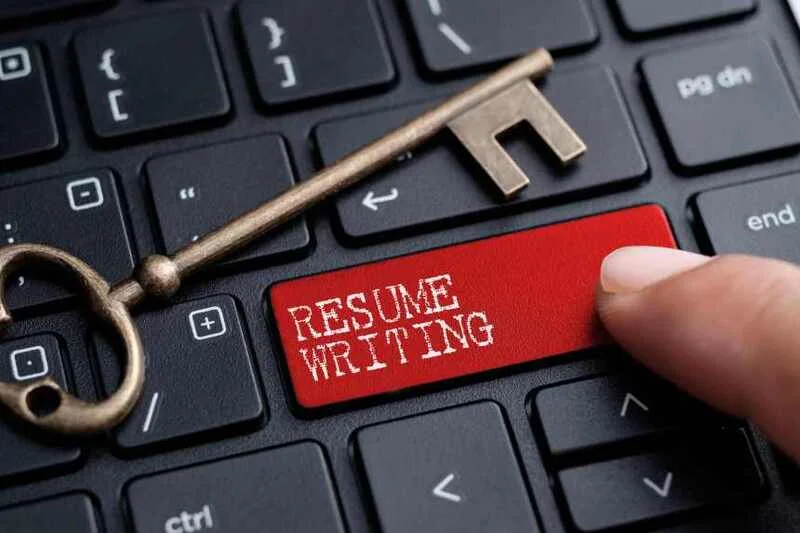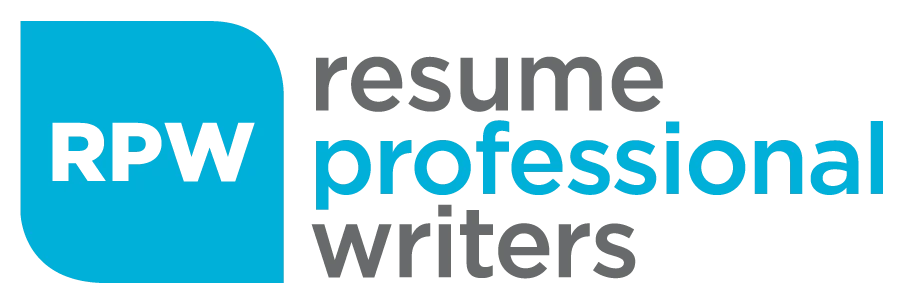Are you a first-time job seeker? If not now, then sooner or later you would face the dreaded catch-22: You need a job to get experience, but you need the experience to get a job. Bummer, right? But this is where you need to pull yourself together. Having no work experience shouldn’t stop you from crafting a resume that works. Want to write your own job search tool to land your first job? Resume Professional Writers is here for you! We came up with the ultimate writing guide to help you craft a resume with no experience.
Are you ready to write your own resume with no work experience? Here’s how.
What to Put on Resume If You Have No Experience
Header
The goal of your resume header is to make sure that employers know whose resume they are viewing. At the topmost part of your resume, add your full name, phone number, email, and the URL of your portfolio or website. Adding your mailing address is just optional. Some get creative when it comes to writing their resume header. So, if you’re eyeing for a job in creative fields, make sure that your resume stands out.
Summary Statement
This part should highlight the most valuable aspects of your resume. Include one or two adjectives describing your work ethic, your level of education, your relevant skills, and your professional passions or interest. Remember, this is where you must sway your potential employer. Hence, state how you can contribute to the firm’s growth through your soft and hard skills.
Education
For new graduates and entry-level job seekers like you, this section should cover your school(s), the degree(s) you earned, and your achievements and leadership roles. As you further your career, this part becomes leaner in favor of your experiences. Do you have any impressive achievements or school activities? Showcase them in this resume part.
Experience/Qualifications
Often written in reverse chronological order, here’s where you’ll list your work history. But in your case, this is where you should highlight your relevant experiences. These can include internships, trainings, and other courses. Make each one count by aptly phrasing it like the job ad itself.
Skills and Abilities
In addition to your education and relevant experience, your skills section should have as much prominence as possible. Like the former section, maximize this part by adding some of the skills stated on the job offer.

How to Make a Resume with No Work Experience
Now that you know what to put inside your resume, we’ll teach you how to write your own resume in seven easy steps.
Step 1: Choose your resume layout.
When choosing the right resume format, don’t stress yourself too much. Opt for a simple yet sophisticated resume structure that’s easy to scan. Picking the right resume font style and size could also make or break your chance to land your first job. So, go for the resume layout that presents your no experience resume nicely.
Today, there are three major commonly used resume formats: Chronological, functional, and hybrid. Knowing the use of each format is vital for your job search. A chronological resume format lists your work experience in reverse-chronological order. On the other hand, a functional resume format is where you can focus on your skills and achievements more. Finally, a hybrid is a combination of both resume formats.
🔍 Think Your Resume’s Fine? Let’s Double-Check That
Even strong resumes can miss critical details—especially when it comes to passing Applicant Tracking Systems (ATS). Our specialists offer a free review to uncover gaps, improve formatting, and ensure your resume is ATS-ready and recruiter-friendly.
Given your lack of experience, do you know which format to use for a resume with no work experience? If you’re having a hard time choosing, you may check out our best resume examples for ideas.
Step 2: Insert your education section.
As someone who has no work experience, you can highlight your education to help boost your job hunt. Are you a college graduate with a degree needed for your target job? Or have you attended a training or seminar required for the job? These can be powerful assets in a resume with no experience. Remember, you’re aiming to show hiring managers why they must pick you. So, make sure you let your school achievements and milestones make you stand out.
What to Include in the Education Section
- Name of the schools and dates attended
- Information on your degree and major
- Grade point average (GPA) higher than 3.5
- Related coursework
- Honors and special mentions
- Study abroad programs
Step 3: Highlight your relevant experience.
Since you still don’t have real-life work experience to flaunt yet, your college internships and volunteer work will be your escape from the never-ending paradoxical loop. Though not as heavy as the actual ones, they still matter. They also allow you to network and make connections that can help you in your career. So when you’re applying for a job with no experience, be sure to list all relevant internships, volunteer work, and other relevant activities to your target job.
Step 4: List your skills.
In lieu of work experience, highlight your soft and hard skills more. Edge out your rivals by making use of the skills listed on the job ad. Go through it carefully and make a list of all the skills they need.
Example of Skills to Put on Your Resume
- Self-motivated
- Team player
- Adaptable
- Active learner
- Critical thinker
- Persuasive
- Companionate
- Leader
- Perceptive
- Decision maker
- Organized
After listing, choose and include only those that you have and are self-evident from your education or experience section. Be prepared with recruiters who will most likely ask you about it.
Step 5: Write a striking summary statement.
In a sentence or two, this brief should sum up your relevant experience and key achievements. Here’s what to highlight:
- Experience from internships and volunteer work
- Leadership roles and club memberships
- Work experience (even part-time) from relevant fields
- Extracurricular activities
A profile summary has three types: bulleted, direct address, and transferrable skills summary. Consider choosing the style that best conveys your credentials, skills, and experiences.
Step 6: Make an ATS-friendly resume.
Almost everything now uses technology, even job recruitment. To keep up with the trend of bots, follow these tips on how to pass the ATS.
- Include keywords relative to your target job position.
- Keep your format and layout simple.
- Don’t forget to add your name and your desired position.
- Stick with conventional headings and font if you’re not applying for a creative job.
- Make sure to proofread your resume for spelling and grammar errors.
Step 7: Write an impressive cover letter.
Prepare a well-written cover letter even if they don’t require you one. Cover letters show what kind of personality you have. Sending it along with your resume gives you the chance to explain your intent in greater detail. Also, a cover letter is a good chance for you to leave an impression and appeal as to why you’re the ideal job candidate.
Start with a strong opening piece that describes your expertise. Show that you have researched their company. Lastly, don’t forget to tailor it based on the company’s needs.
You can also add extra sections to maximum impact. If you have rockstar language skills, certifications, hobbies, and interests, list them as long as they are relevant to your target job.

Get Your Resume with No Work Experience Noticed
Yes, following these steps and tips can help you write a resume with no work experience just like everyone who is reading this post. However, if you want to get your application to stand out and catch the attention of the employers, you’ll need to do more. Here’s where our professional resume writers can help you.
We provide the best resume writing services for entry-level job seekers like you. Check out our services page or call us at 1 (800) 845-0586 to know more about services, discounts, and promos.
Sources: The Balance Careers | Indeed









